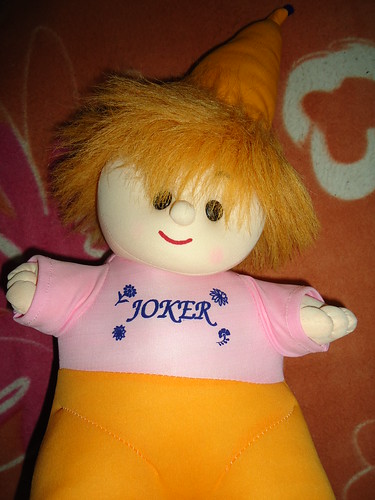Do megapixels really make a difference ? How the effective megapixels of a digital camera relate to the picture quality ? Do increased number of pixels increase the digital picture quality and vice versa ? These are some of the frequently asked questions that certainly perplex the buyers who are not much into this business !
What is a megapixel ?
Technically speaking, a megapixel comprises of 1 million pixels or 1000000 pixels in an image, where a pixel being the smallest unit that forms the image you see on the screen. So when someone says that he has a 2 megapixel camera, then it means that the camera is able to capture an image with 2000000 pixel count. Quite clearly, as the number of pixels( or megapixels) on a digital picture increase, the level of detail in the digital picture and the size also do increase proportionally. Megapixel can be thought of as the basic unit to measure a digital picture. I believe that was enough to get a noob acquainted with – what is a megapixel and how does it relates to the digital picture ?
For example – consider this star icon…
When it is zoomed to maximum level in windows photo viewer, each pixel of this icon becomes visible (and the total number of these pixels expressed in the form of 1 million gives the effective megapixels)
Ok..now that you have well understood the fundamental explanation of a megapixel, lets move ahead and see how the number of megapixels are related to the digital picture quality…
Megapixels and Digital picture quality
For a given size and resolution of a screen, you can’t really figure out the difference between the image qualities of two photos captured with different resolutions from the same camera. A 10 megapixel photo on a 3.2 inch screen seems to have almost the same quality as a 14 megapixel photo would have on the same screen.
So it’s a myth that higher megapixels lead to higher image quality. Indeed, image quality is only affected by the nature of camera lens used. For example – a picture taken at 5 megapixel resolution using a mobile phone camera will be a bit inferior to the same picture captured with a digital camera (point and shoot or DSLR)
Two photos are uploaded below (the left photo is captured using 5 MP resolution and the right photo is captured using a 10 MP resolution). It’s clear - you can’t distinguish the image quality of the two photos, though they have been captured with entirely different resolutions.
So the question arises…
When are higher megapixels needed ?
Higher megapixels are only required when one needs to obtain really good quality prints of their pictures. Remember that higher the megapixels or resolution of the camera, the more details the picture will contain. So capturing photos with a higher megapixels camera has an advantage only when you need to take superior quality prints of your digital photos. Furthermore, a higher resolution image when resized or compressed, looks better and contain more details as compared to the one resized or compressed with a low resolution.
When and how does image quality gets affected ?
Both the images are now resized/compressed down to 80% using Adobe Photoshop and the megapixel effect is analyzed by zooming in to 500% in Photoshop.
It’s clearly seen that the image which was captured with 10 megapixel resolution (the photo on the right side) still contains more details (more number of pixels) as compared to the one captured with lower resolution (the photo on the left side). This is the only way, one can distinguish between the image quality of two photos with different resolutions.
Quite obviously, large sized and superfine quality prints do require higher number of megapixels !!
I believe that this post fulfills its purpose and educates the readers with a much broader concept of megapixels and their relation to the digital picture quality !!







